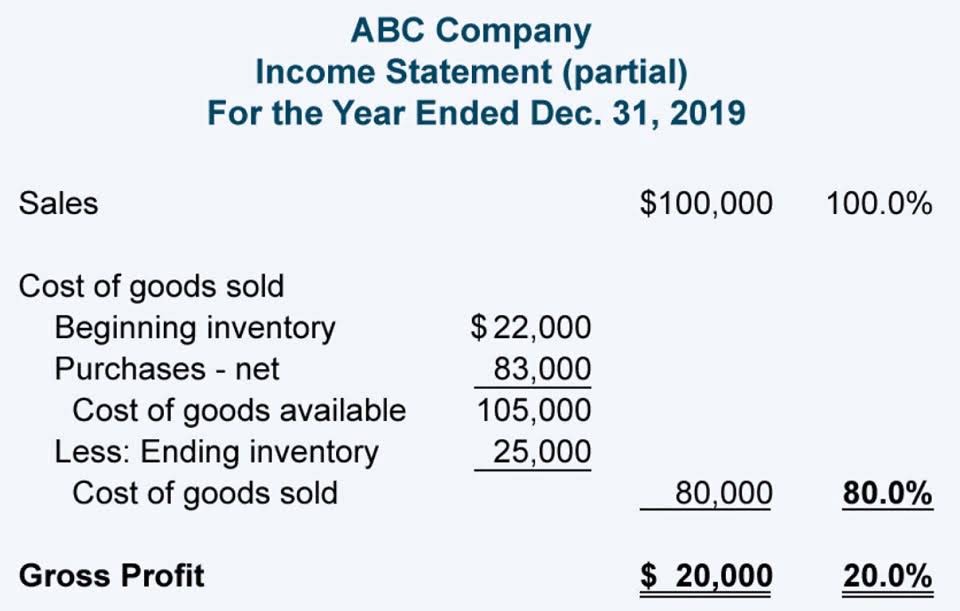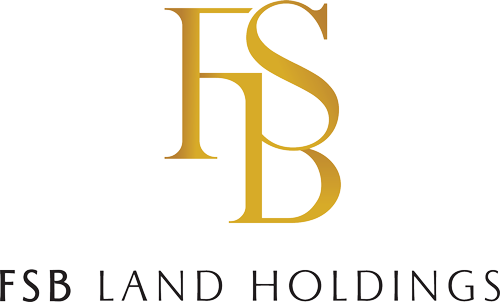
One was an increase of $700 in prepaid insurance, and the other was an increase of $2,500 in inventory. In both cases, the increases can be explained as additional cash that was spent, but which was not reflected in the expenses reported on the income statement. The operating activities cash flow is based on the company’s net income, with adjustments for items that affect cash differently than they affect net income. The net income on the Propensity Company income statement for December 31, 2018, is $4,340. On Propensity’s statement of cash flows, this amount is shown in the Cash Flows from Operating Activities section as Net Income. The shortcomings regarding the income statement (and accrual accounting) are addressed here by the CFS, which identifies the cash inflows and outflows over a certain time span while utilizing cash accounting—i.e.
Get in Touch With a Financial Advisor

By netting each section to reflect inflow less outflow, you determine the net cash provided by or used in investing and financing. This net figure is then reconciled with the opening cash balance to arrive at the closing cash balance for the period. The journey to creating a cash flow statement using the indirect method begins with net income, the protagonist of your financial narrative.
- The third adjustment was to add back the $15,000 decrease in inventory to net income, since this means that the company paid $15,000 less in cash to suppliers for inventory than it recorded as an expense.
- After all the adjustments and netting off figures in each section, Company XYZ closed the reporting period with a victory lap—a $3.5 billion increase in cash and cash equivalents.
- In both cases, these increases in current liabilities signify cash collections that exceed net income from related activities.
- Net book value is the asset’s original cost, less any related accumulated depreciation.
What is the Statement of Cash Flows?
- The indirect method for building cash flow statements lacks some of the granularity that business leaders may be looking for.
- The equipment had a cost basis of $160 and had accumulated depreciation of $100.
- As we have seen in the example, the starting point for calculating the cash flow with the indirect method is the turnover.
- Since the investing and financing activities do not differ between the indirect and direct method, we will only focus on the operating activities section.
This means that a company’s revenue does not accurately reflect its cash receipts, and that costs and expenses do not accurately reflect the cash we have paid out. Instead, the balance sheet records non-cash income and expenses as payables and receivables. The reason why we need the indirect method is a result of the accrual basis of bookkeeping accounting. But, if you’re building it manually, the components of the indirect method come directly from items reported on the other financial statements.

A: Langkah-langkah Membuat Statement of Cash Flow Direct Method
It is these operating cash flows which must, in the end, pay off all cash outflows relating to other activities (e.g., paying loan interest, dividends, and so on). In the case of Propensity Company, the decreases in cash resulted from notes payable principal repayments and cash dividend payments. Increases in net cash flow from financing usually arise when the company issues share of stock, bonds, or notes payable to raise capital for cash flow. Propensity Company had two examples of an increase in cash flows, one from the issuance of common stock, and one from increased borrowing through notes payable. One way to tackle this is to directly track all cash transactions, such as receipts from customers or payments to employees, in an accounting software. We indirect method of cash flow statement call this the direct method, and most financial institutions such as the FASB prefer it because it provides extensive details on the types of cash flows.

The art of listing operating activities and adjustments is like putting together a puzzle where each piece represents the ebb and flow of cash through your business operations. Adjustments for non-cash transactions are the detectives transforming net income into actual cash flow. These adjustments are like a cornerstone in financial documentation, ensuring that your company’s liquidity is not misrepresented due to accounting entries that do not immediately affect cash reserves. Advisors often stress the importance of such adjustments, as they’re vital because many accounting entries don’t involve immediate cash movement. Depreciation and amortization are classic examples where they allocate the cost of an asset over its lifespan without cash changing hands each year. When preparing a cash flow statement using the indirect method, adjust net income for non-cash items and changes in working capital to calculate cash flow from operating activities.
Plus: Depreciation and Amortization (D&A)
This amount will be reported in the balance sheet statement under the current assets section. This is the final piece of the puzzle when linking the three financial statements. In both cases, these increases in current liabilities signify cash collections that exceed net income from related activities. To reconcile net income to cash flow from operating activities, add increases in current liabilities. An increase in a current liability increases cash inflow or decreases cash outflow. Thus, when accounts payable increases, cost of goods sold on a cash basis decreases (instead of paying cash, the purchase was made on credit).
- However, it does not measure the efficiency of the business in comparison to a similar industry.
- The items added back include amounts of depletion that were expensed, amortization of intangible assets such as patents and goodwill, and losses from disposals of long term assets or retirement of debt.
- When added to the opening cash balance of $250,000, the resulting total of $307,500 is equal to the ending cash balance for the year ending December 31, 2020.
- In contrast, cash flow from operating activities will decrease when there is an increase in prepaid expenses.
- You will need to add back decreases to your current assets and subtract any increases.
Net income is your business’s earnings after all expenses—including taxes, interest, and operating costs—have been settled. It’s your starting line, with the statement unfolding as you adjust this figure to reflect the true cash position. For a comprehensive understanding of your company’s financial health, it is crucial to integrate income statement depreciation adjustments to accurately illustrate the business’s cash flow. In essence, business accounting doesn’t merely end with net income; it includes the thorough application of basis accounting principles as prescribed by both GAAP and IFRS frameworks. Often used interchangeably with the term, “statement of cash flows,” the cash flow statement tracks the real inflows and outflows of cash from operating, investing and financing activities over a pre-defined period.
The indirect method is less time-consuming to compile but less detailed compared to the direct method, which provides Law Firm Accounts Receivable Management a granular breakdown of cash inflow and outflow. In this section, we use the example of Virtual Co. to work through the entire process of preparing the company’s statement of cash flows using the indirect method. Virtual’s comparative balance sheet and income statement are provided as a base for the preparation of the statement of cash flows. Investing and financing transactions are critical activities of business, and they often represent significant amounts of company equity, either as sources or uses of cash.
